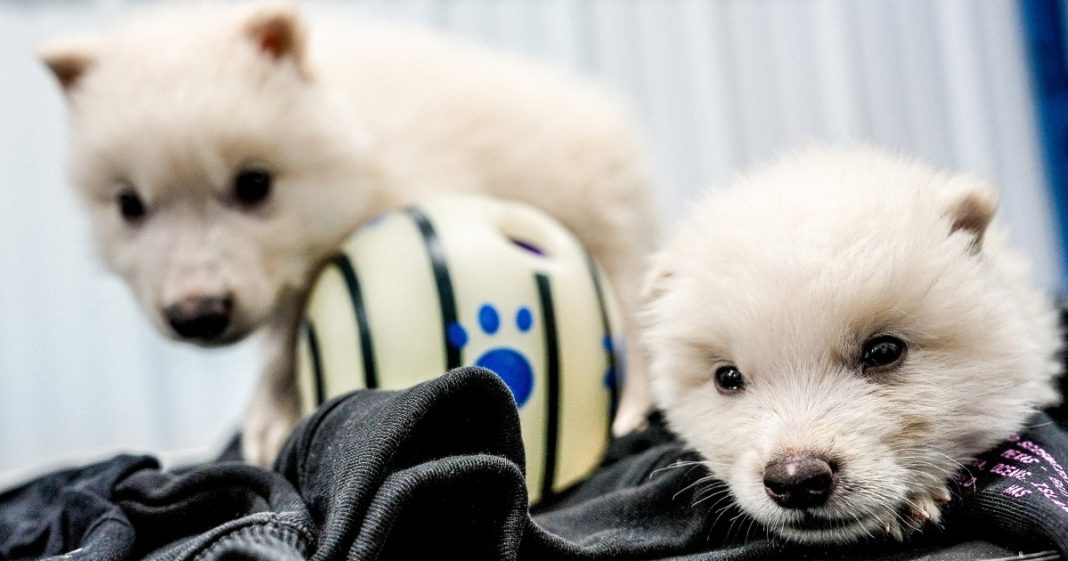Conservation Groups Give Cautious Green Light to Genetic Engineering in Nature
In a landmark decision, top conservation organizations have voted to explore genetic engineering as a tool to protect wild animals and plants. The International Union for Conservation of Nature (IUCN) approved further investigation into using gene-editing technologies for species preservation.
Key Takeaways:
- IUCN votes to explore genetic engineering for wildlife conservation.
- Decision represents cautious approval, not full endorsement.
- Research includes disease control and climate adaptation.
What the Vote Means
The IUCN’s decision signals a tentative consensus that genetic engineering deserves serious consideration in conservation efforts. While not a full endorsement, this move could have significant implications for future conservation strategies worldwide.
Current Genetic Engineering Projects
Researchers are already actively working on genetic modification projects. Scientists are engineering mosquitoes to reduce malaria transmission and synthesizing horseshoe crab blood for pharmaceutical development.
More controversial efforts include de-extinction projects, such as the recent revival of the so-called “dire wolf” by a biosciences company. Future possibilities include modifying organisms to help them adapt to climate change, though these applications remain in earlier development stages.




